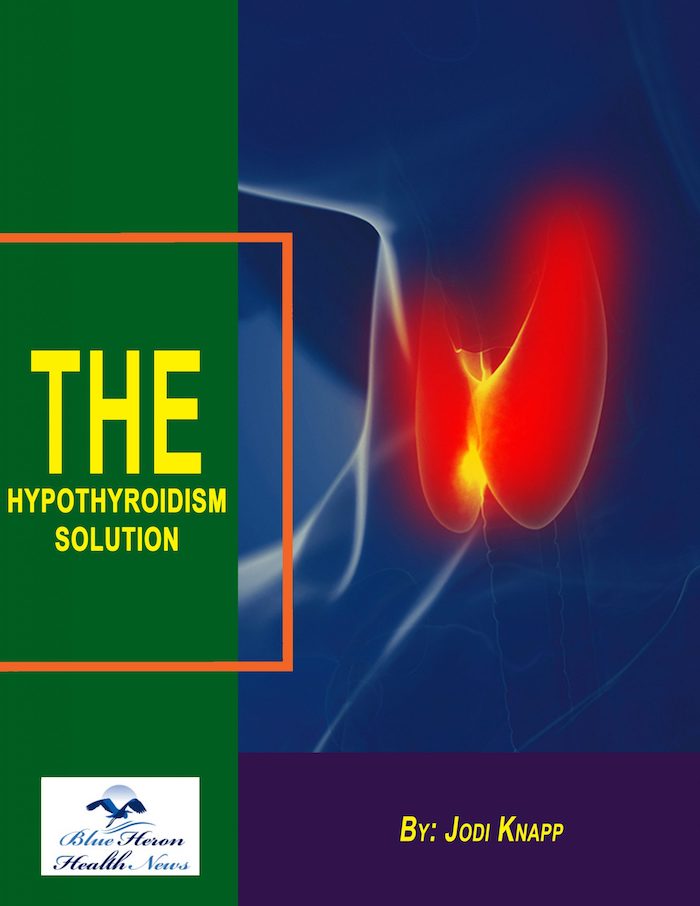
What is the role of the thyroid-stimulating hormone (TSH) in hypothyroidism?
Thyroid-stimulating hormone (TSH) plays a critical role in regulating thyroid function and is closely involved in the diagnosis and management of hypothyroidism. TSH is produced by the pituitary gland, a small gland located at the base of the brain, and its main role is to stimulate the thyroid gland to produce thyroid hormones (thyroxine [T4] and triiodothyronine [T3]). These hormones regulate the body’s metabolism, energy production, and many other essential processes.
Here’s how TSH works in relation to hypothyroidism:
1. TSH as a Regulator of Thyroid Hormone Production:
- Feedback Loop: TSH is part of a negative feedback loop that helps maintain stable levels of thyroid hormones in the body. When the levels of thyroid hormones (T3 and T4) in the blood drop, the pituitary gland produces more TSH to signal the thyroid gland to increase hormone production.
- Thyroid Stimulation: TSH binds to receptors on the thyroid gland and stimulates the release of T3 and T4 into the bloodstream, which helps regulate metabolism and other physiological functions.
2. TSH Levels in Hypothyroidism:
- In primary hypothyroidism, where the thyroid gland is underactive and unable to produce sufficient thyroid hormones, the pituitary gland responds by producing higher levels of TSH to try to stimulate the thyroid to make more hormones.
- As a result, people with hypothyroidism typically have high TSH levels and low T3 and T4 levels. This elevated TSH is a key diagnostic marker used to identify hypothyroidism.
- Secondary hypothyroidism (a less common form) occurs when the pituitary gland itself is malfunctioning and doesn’t produce enough TSH. In this case, both TSH and thyroid hormone levels will be low.
3. Role in Diagnosing Hypothyroidism:
- TSH testing is the primary method used to diagnose hypothyroidism. If someone has symptoms of hypothyroidism (such as fatigue, weight gain, or cold intolerance), doctors will often check their TSH levels.
- High TSH + Low T4: This is the typical pattern seen in primary hypothyroidism.
- Low TSH + Low T4: This pattern suggests secondary hypothyroidism, where the problem lies in the pituitary gland.
- A high TSH level indicates that the body is trying to compensate for low thyroid hormone levels by producing more TSH to stimulate the thyroid gland.
4. TSH in Monitoring Hypothyroidism Treatment:
- After a person is diagnosed with hypothyroidism and starts treatment (usually with synthetic thyroid hormone like levothyroxine), regular monitoring of TSH levels is crucial.
- The goal of treatment is to normalize TSH levels, which indicates that thyroid hormone levels are adequate and stable.
- If TSH remains high despite treatment, it suggests that the dosage of thyroid hormone replacement may need to be increased.
- If TSH is too low, it may indicate that the dosage is too high, potentially leading to hyperthyroidism (overactive thyroid).
5. TSH Sensitivity to Changes in Thyroid Hormone Levels:
- TSH is very sensitive to small changes in thyroid hormone levels, so it often shows changes before T3 or T4 levels fluctuate significantly. This makes TSH testing a valuable tool in both diagnosing and fine-tuning hypothyroidism treatment.
Summary of TSH’s Role in Hypothyroidism:
- Regulator: TSH stimulates the thyroid gland to produce T3 and T4 hormones.
- Diagnostic Marker: High TSH levels indicate hypothyroidism, while low or normal TSH levels are typically seen in normal thyroid function or secondary hypothyroidism.
- Monitoring: TSH levels are used to adjust and monitor thyroid hormone replacement therapy.
By monitoring and managing TSH levels, healthcare providers can effectively diagnose hypothyroidism and ensure that treatment maintains proper thyroid hormone balance in the body.
The Hypothyroidism Solution™ By Jodi Knapp The Hypothyroidism Solution™ By Jodi Knapp Jodi has provided a stepwise guide in the form of The Hypothyroidism Solution to help you in regulating the levels of your thyroid in a better and natural way. Along with curing hypothyroidism, it can also care a number of other health issues experienced by people all over the world. No side effect due to this program has been reported so far. So you can follow this program without any financial as well as emotional risk.